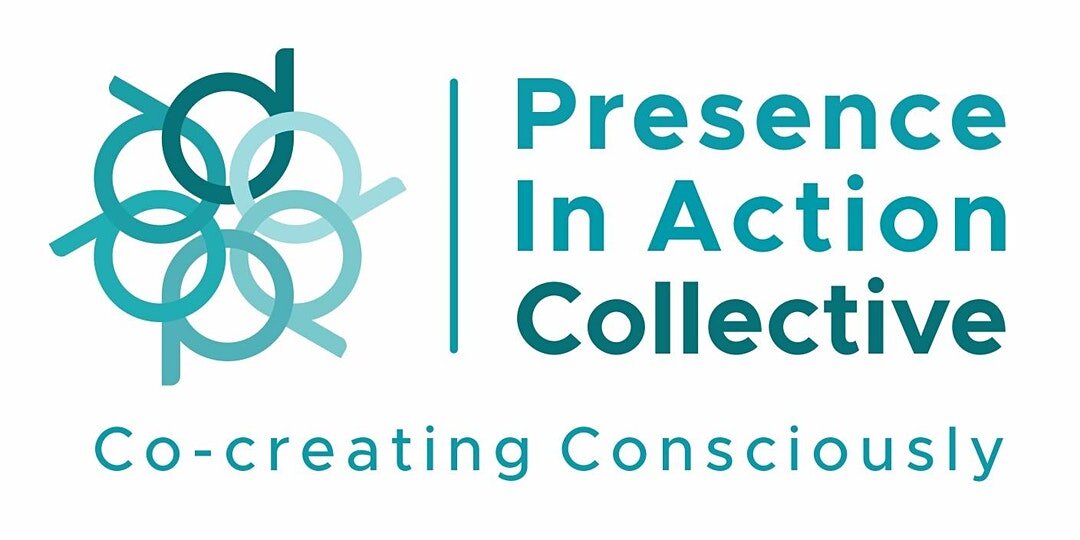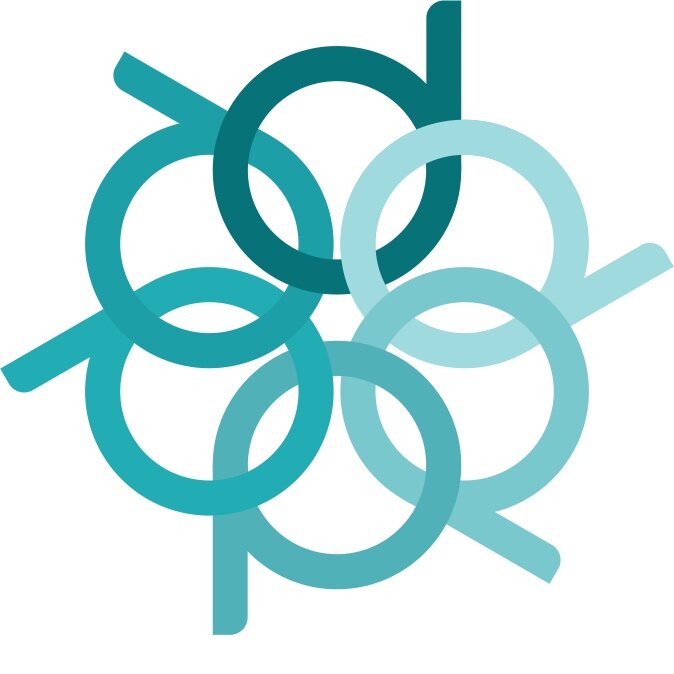No way is the only way
Image by Julia Kadel (via Unsplash)
As some of you in the PIAC community are aware my work over the years has been with children and their families. Some members have been curious about how I work with children.
This is one way in which I have helped children explore their feelings.
Parents talk about their child’s behaviour by what they witness and then often state what they believe their child is feeling. ‘My child is very angry a lot of the time, or my child is very anxious.’ ‘School say they can’t control their anger.’
In my first meeting with the child I start the conversation by acknowledging having never met them before I’m curious to know more about them. I may ask ‘if I had a cloak of invisibility, like in the Harry Potter stories, and I was in your house, at your school or anywhere you go, what would I see when you are your BEST SELF. This for me, is about when the child is in flow.
I have found that asking them for the same number of examples as their age resonates with a child. If they are hesitant, I do ask what is their favourite food, TV or game to start them off. I ask do they know how their body feels when they are doing this and some give physical sensations, others give emotions. This for me is very important because generalisations are used by adults such as ‘they are anxious, worried or angry, ALL THE TIME!’ This helps to illuminate there are periods where other emotions and physical feelings are present.
I then ask, ‘what is tricky and when are you not feeling your best self?’ In the majority of instances, the child will speak of exactly the behaviour the adult has brought them to me in order to get support. It has therefore come from the child not the adult telling me what they believe is ‘wrong’. I share that this is not ‘wrong’ it is an emotion that is tricky to deal with at times and there are other times that emotion is not present.
I then introduce a set of Russian dolls to help explore those feelings, and help develop greater understanding that there can be many feelings present at the same time. We start with what others may see on the outside. E.g., Anger – It may be this is a hitting-out anger, a shouty anger, a quiet anger. This helps them link the emotion with the physical change in their being and/or doing.
I ask the child to look at the Russian dolls – they can only see one big one. I invite the child to give an example of when they were angry and explore the fiction and facts surrounding that incident. I get them to then open the Russian doll and explore what else they were feeling until opening them all till; they get to the smallest. We write each feeling on a piece of paper they wrote the feeling on and place it in each doll as we put the Russian dolls back together again. We get to the one doll showing and I will say, ‘wow! You were feeling all that and nobody knew.’
I understand that in the session the child is not in the moment feeling those emotions, but I know when I am using the PIA framework to do my own processing, recalling a situation can still bring a surge of emotions linked to my fiction and boy do I feel them!
In modelling this the parents have a different way of holding the conversations with their child to discuss emotions and find what is present and how it linked to their experience.
Over the years I have used the framework to support my work with young people and parents. In some sessions I use physical objects like the Russian dolls to engage the young person. I know from experience that this can help the child to ease into speaking to me as they become curious about what is present in front of them. I have different things in the room and take my lead by what they are drawn to. We might draw, build lego, and as we chat I find I learn about them by being fully present, listening and noticing. Less is more.
Karen Beveridge, PIAC Practitioner & Community Member


